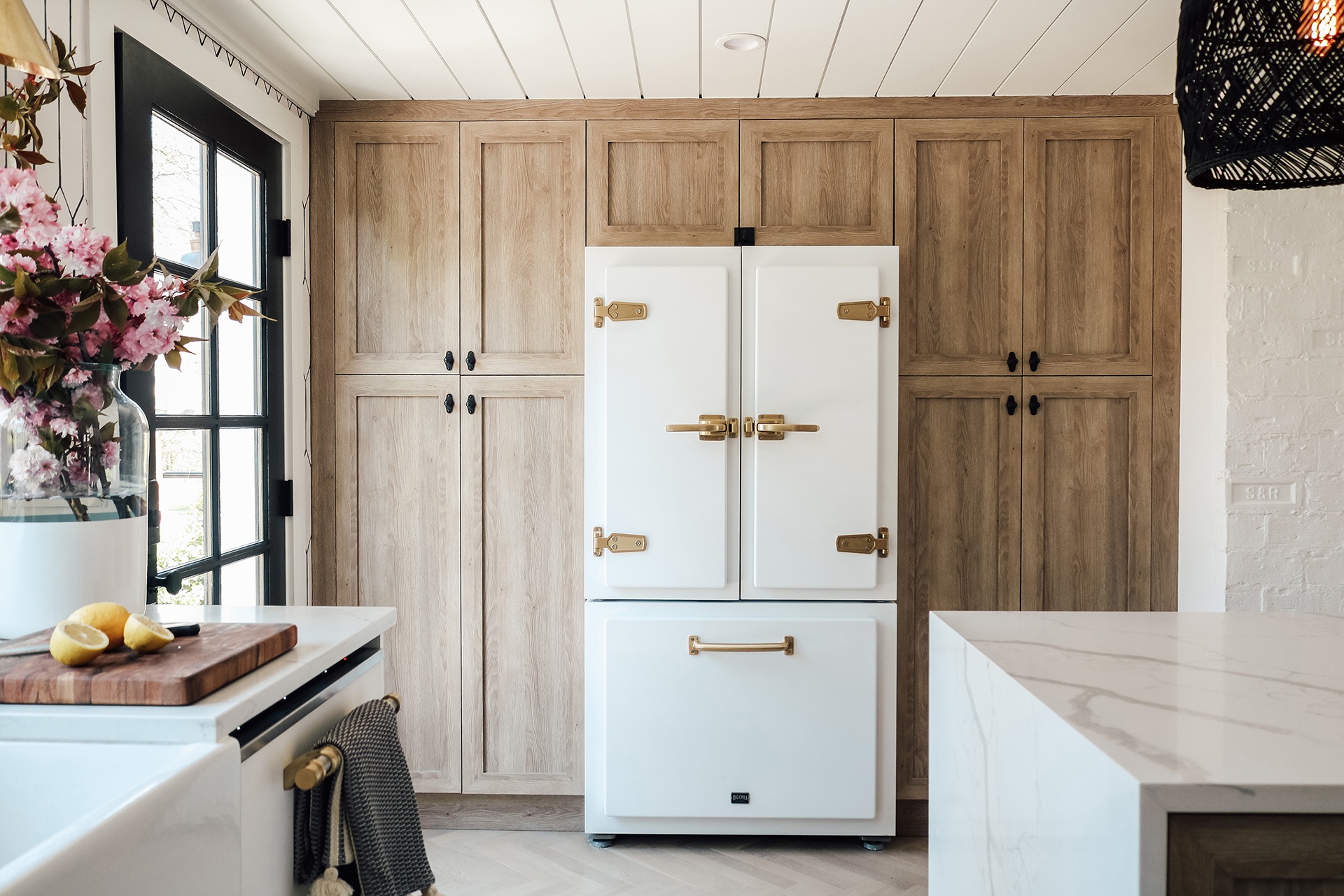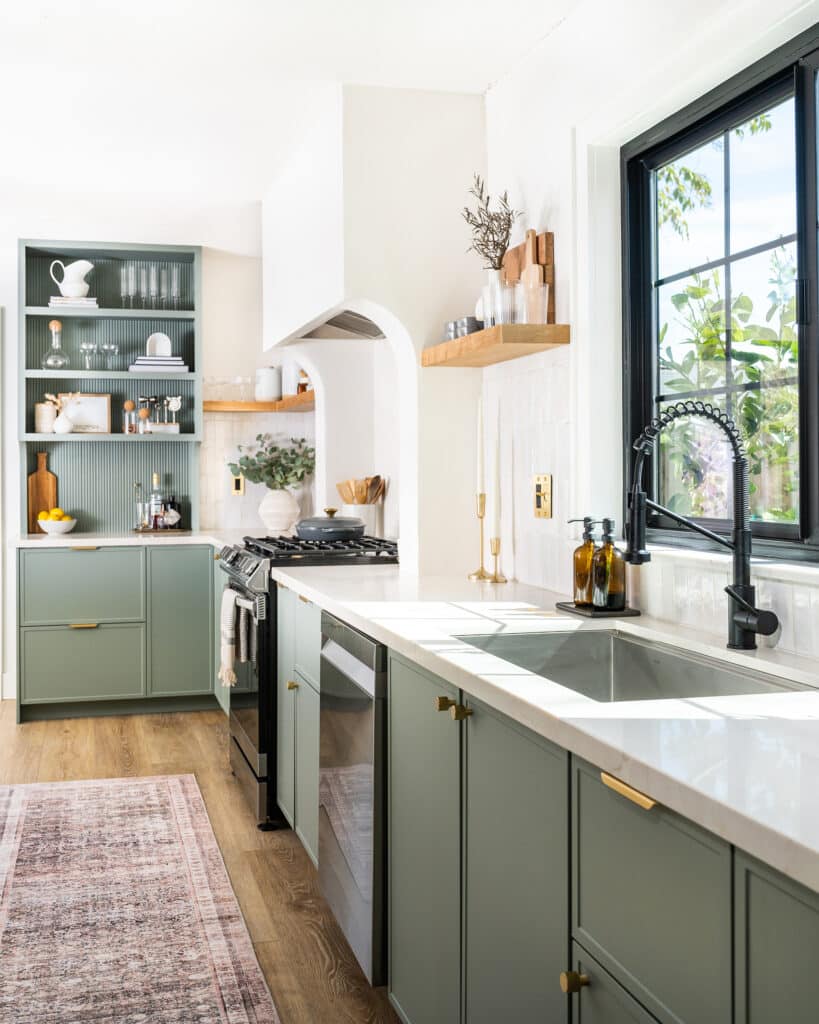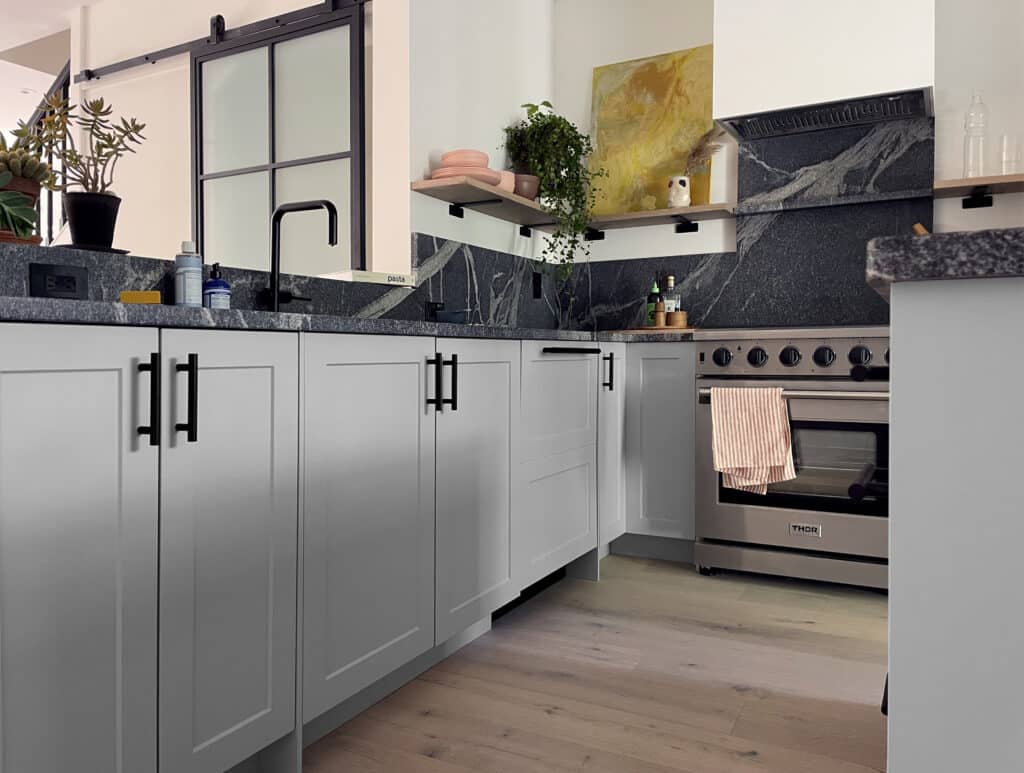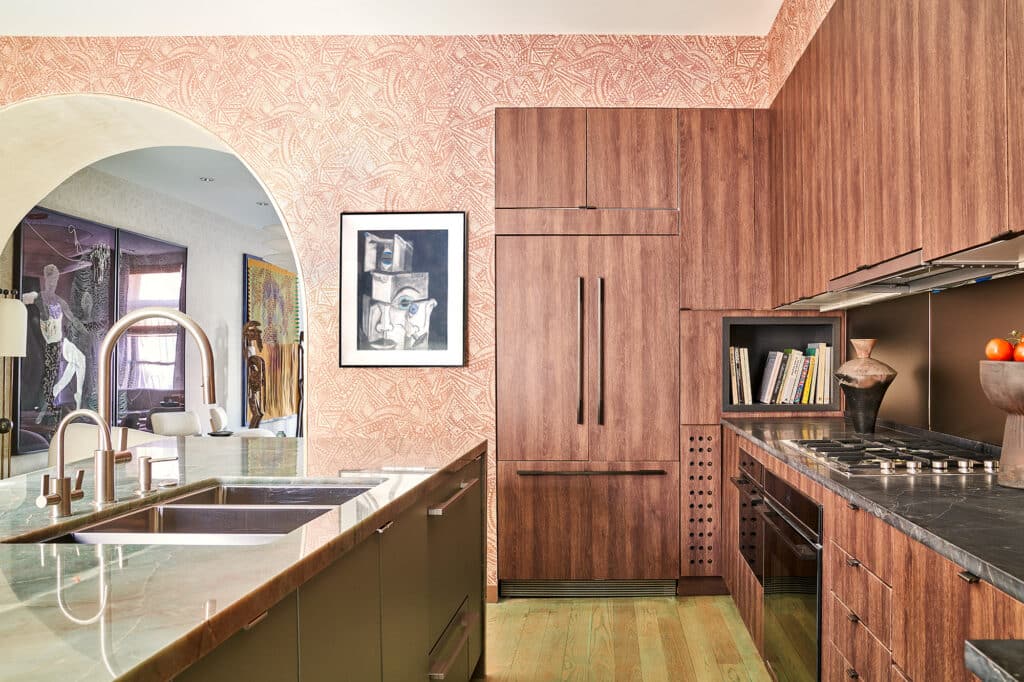After many years of stagnancy, where open floor plans reigned supreme and sellers priced their homes too high for buyers, the COVID-19 crisis flipped the real estate market on its head.
“This pandemic has taught us what’s important in our homes,” explains Compass real estate agent McKenzie Ryan. “Before, we all had these homes that we just slept in.” Now, our entire lives are confined to the walls of our personal residences — and the real estate industry has made sudden moves to reflect that.
Ryan, who’s known for selling historic, quirky properties in Manhattan, has noticed a new interest in traditional layouts, a sharp decline in demand for studio apartments, and an overall boom in transactions. Here, the expert New York City broker shares the six biggest real estate trends she’s seeing across the country this year.
Traditional, Closed Floor Plans
For years, the open floor plan was the most popular layout for renovations and new-builds alike. It was revered as the epitome of modern construction, as it allowed dwellers to easily and comfortably communicate throughout the fluid spaces. But that was before quarantine and daylong Zoom meeting marathons. It was before stay-at-home orders forced us to sleep, work, eat, exercise, and do everything else imaginable inside our houses. Put simply, post-pandemic homes have different requirements.
“I am seeing an interesting trend away from open floor plans to more sectioned-off and parceled spaces,” Ryan reports. “Now that we have all been in our houses for the last year, we’ve all been looking for a little bit more privacy.” Traditional, closed floor plans solve this problem. They dedicate specific areas to specific needs — and doors can always be closed.
Single-Family Homes
“The insane overnight necessity for single-family homes in our country is unbelievable,” reveals Ryan. As people are searching for more room and realizing location isn’t as much of a priority as it once was, they’re either leaving cities to purchase stand-alone properties or upgrading to a single-family spot (as opposed to an apartment building) within their current metropolis. In New York, Ryan notes, building owners are even converting multi-family properties into single-family homes because people want to stay in the city, yet there is a shortage of such housing available.
More Bedrooms
According to Ryan, there is a huge shift away from studios and one-bedroom apartments, which makes a lot of sense. Instead, two and three-bedroom places are now the most sought-after in order to create a home office or gym. “People have realized that having a one-room property is not sufficient for their lifestyle needs anymore,” she says. “There is such a dire need for space that one-bedrooms and studios are no longer performing as well as they used to.”
Extra Storage
More time spent at home means trying to fit more stuff in your space. Extra tech supplies, homeschool helpers, workout equipment, and extra ingredients and meal prep tools are just a few examples. For this reason, buyers are seeking extensive storage and homeowners are renovating to add it. Pantries, both cold and dry, are super popular because people now prefer to stock plenty of food in case of emergency. Ryan has also seen an uptick in wine cellars for more affluent homeowners who are accustomed to dining in restaurants and want to recreate the experience at home.
History
While new developments often have high-tech features, luxurious amenities, and sleek finishes, they lack the character and originality that historic homes possess. If you purchase a newly built property, there could be hundreds of homes that look just like yours. If it’s in an apartment building, every apartment in your line is exactly the same.
“Historical homes, however, always offer a greater sense of uniqueness,” Ryan describes. “A unique home has a higher resale value because there is only one and it gives the homeowner an opportunity to own a piece of history that can never be replicated.” And though renovations might be required to move into a historic house, buyers are still interested in purchasing those types of spaces.
Transaction Boom
The pandemic has put the real estate market in a rare, yet incredible position: it’s both a great time to buy and a great time to sell. As a buyer, interest rates are incredibly low and there is a wide selection of well-priced properties to choose from. As a seller, there are tons of buyers looking for homes right now.
The result is a boom in transactions that has left Ryan and her colleagues the busiest they’ve been in over a decade. “This combination of factors, which is almost completely unnatural, has resulted in a flurry of activity, closings, bidding wars, and contracts being signed within 24 hours,” she details. “The best real estate markets are the ones where conditions are more even and leveled for all parties involved.”








